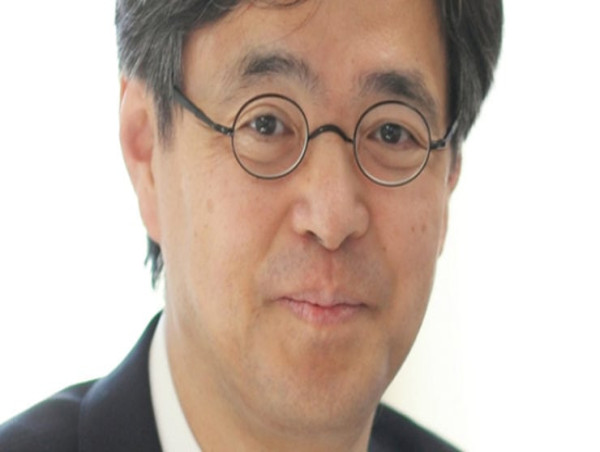Japan released its November 2023 household spending results this morning – a key metric for the country, as close to half of the country’s GDP each year comes from consumers directly pumping money back into the economy.
Today’s results revealed that spend had dropped almost three percent YoY since 2022. This despite a negative interest rate, unlike the rest of the world, and a spectacularly performing equities market.
Why? What are the underlying, secular trends in the Japanese market?
Just the day before, Japan’s youth who came of age in the previous year were celebrated at the annual Coming of Age Day in Japan. Which leads us to one of the longest-term and most serious headwinds: an ageing crisis in Japan that is only set to get worse.
What is the aging crisis in Japan?
In 2014, the International Longevity Center of Japan (ILC) estimated that 38 percent of the country was thought to be sixty years old or older. And the ILC estimates that this will mushroom into a third of the entire population in the not-too-distant future on its website:
The population of Japan is aging rapidly. The proportion of working age people to Japan’s entire population is also sharply declining. By 2050, it is expected that one in every three persons will be 65 years old or over. Japan has launched a variety of progressive programs including a universal long-term care insurance program, an extension of the mandatory retirement age and formed community-based support groups for people with dementia.”
This is a severe burden on the country’s system, financially and socially. And although many of Japan’s aged are working well beyond Western ideas of retirement age, the toll on the country’s healthcare infrastructure is dear.
It must be noted that there are also jobs which are not suited to the average person over 65, such as hard labour in vital areas like infrastructure.
Why is Japan aging so fast?
Partially, Japan’s population is ageing for a reason that’s positive on the surface: many of its citizens live longer than almost any other demographic in the world. This is largely chalked up to diet, regular light exercise and a culture of lifelong social circles, according to The Blue Zones Solution author Dan Buettner.
But another aspect of Japan’s ageing population is that older folk are outweighing the younger because less people are being born. In a vicious cycle, this is partially as a result of its ageing population. Birth rates have dropped to historic lows in the country, according to the World Economic Forum:
Japan’s birth rate hit a record low in 2022. The fertility rate was 1.2565, far below the rate of 2.07 considered necessary to maintain a stable population… This is a ticking time bomb for Japan’s social security system, which is struggling to meet the costs of a retired population with fewer workers paying taxes.”
The reasons for less babies being born are myriad, and are largely drawn up to things like the prohibitively high cost of living in many areas in Japan, and culture of long working hours, leading younger people to prioritise careers over families.
How does Japanese aging affect its economy?
This is what the IMF had to say in its ‘Cost of Aging’ publication:
An aging population and slower labour force growth affect economies in many ways—the growth of GDP slows, working-age people pay more to support the elderly, and public budgets strain… Yet an aging population may raise the amount of capital per worker, which would boost wages and output per hour worked (productivity) and reduce interest rates as higher wages lower the return on capital… Many empirical studies have found that GDP growth slows roughly one to one with declines in labour force and population growth—a disquieting prospect”
Let’s see how this stacks up with Japan, when it comes to actual numbers.
The numbers: a correlation between birth rate and GDP
- In 2013, Japan’s economy grew at an average of two percent. The country’s birth rate, in that year, was 8.401 babies per 1000 people, according to Macrotrends.net
- Between 2014 and 2018, the birth rate fell by between 2.17 and 2.37 each year
- Between 2014 and 2019, Japan’s GDP shrank to a range of between 1.7 and -0.4 percent
- In 2021 Japan’s economy rebounded to a GDP growth rate of 2.1 percent, only to drop down to an average of one percent in 2022
- From 2020 to 2023, Japan’s birth rate rebounded slightly to between 7.01 and 7.3 percent
Japan’s negative interest rate, held steady at – 0.1 percent in December and an outlier in a very hawkish 2023, is also consistent with the IMF’s definition of an ageing economy. This is largely in line with Japan’s rates policy surrounding inflation, which has been in place since 2016, but it does still tally with the IMF’s diagnosis.
What’s next for Japan?
In December 2023, Japan announced that its economy had contracted in Q3 of 2023, falling to – 0.5 percent.
If the Q4 2023 FY results also show a drop in GDP growth, the country will officially be in a technical recession.
The announcement of Japan’s Q4 2023 GDP figures are expected to take place on February 12th.
The post Invezz investigates: Japan's ageing population and its effect on the economy appeared first on Invezz



